This book presents a framework for the use of Socratic strategies in psychotherapy and counseling.
The framework has been fine-tuned in multiple large-scale cognitive behavior therapy (CBT) training initiatives and is presented and demonstrated with applied case examples. The text is rich with case examples, tips, tricks, strategies, and methods for dealing with the most entrenched of beliefs. The authors draw from diverse therapies and theoretical orientation to present a framework that is flexible and broadly applicable. The book also contains extensive guidance on troubleshooting the Socratic process. Readers will learn how to apply this framework to specialty populations such as patients with borderline personality disorder who are receiving dialectical behavior therapy. Additional chapters contain explicit guidance on how to layer intervention to bring about change in core belief and schema.
This book is a must read for therapists in training, early career professionals, supervisors, trainers, and any clinician looking to refine and enhance their ability to use Socratic strategies to bring about lasting change.
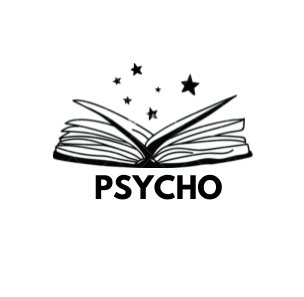
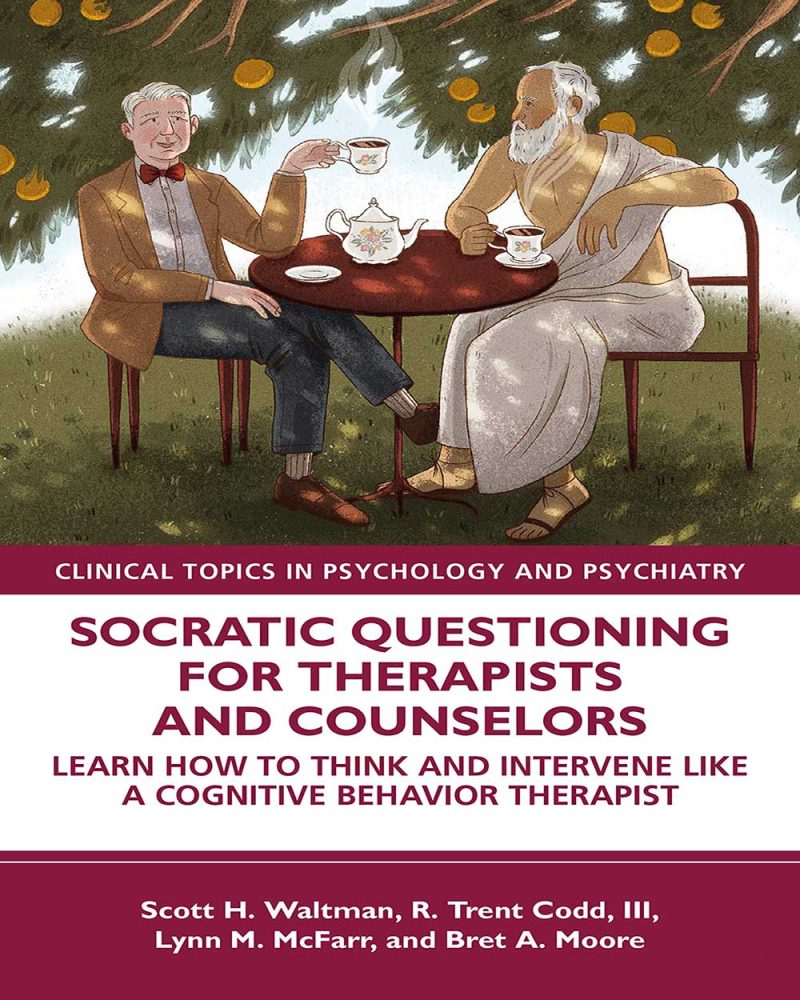
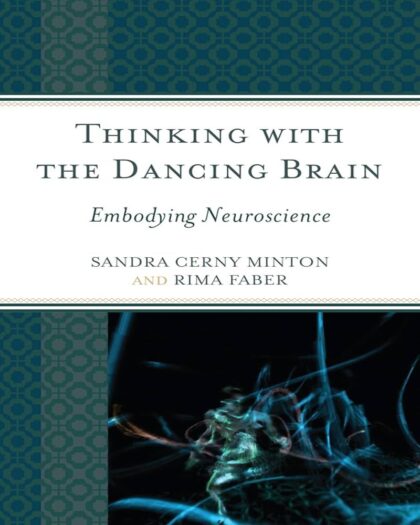

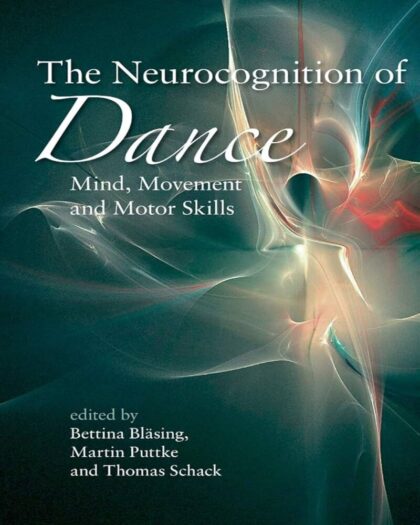
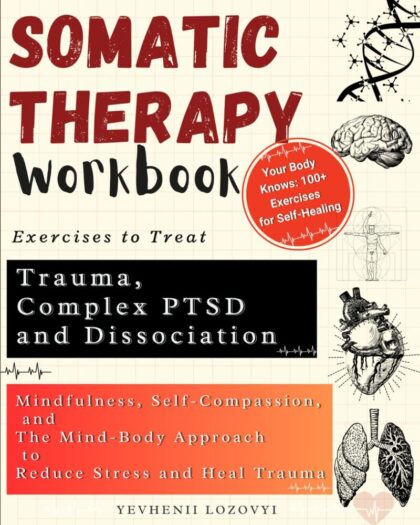
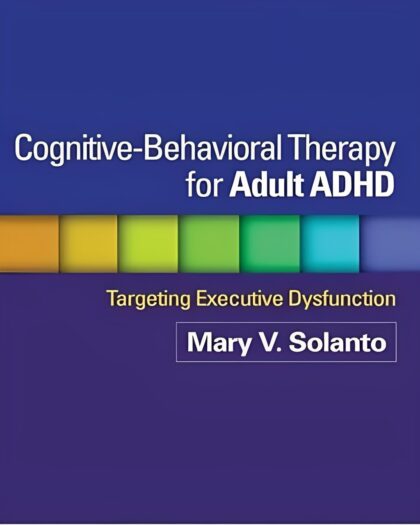
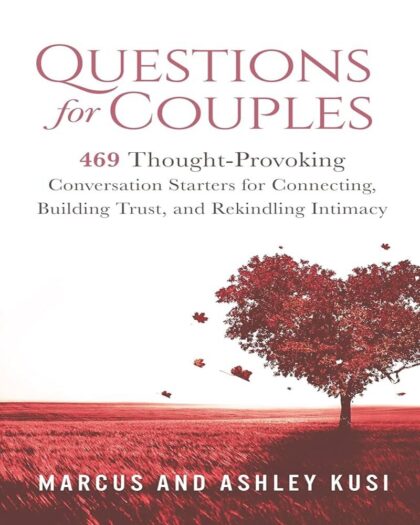
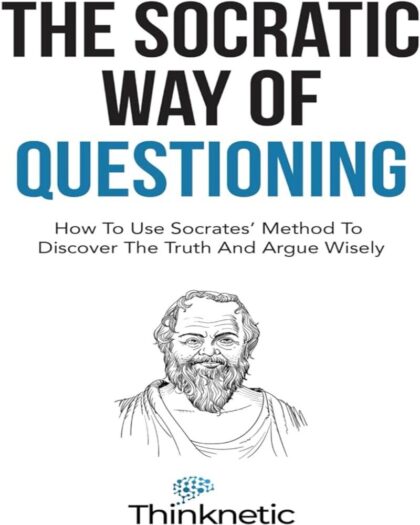
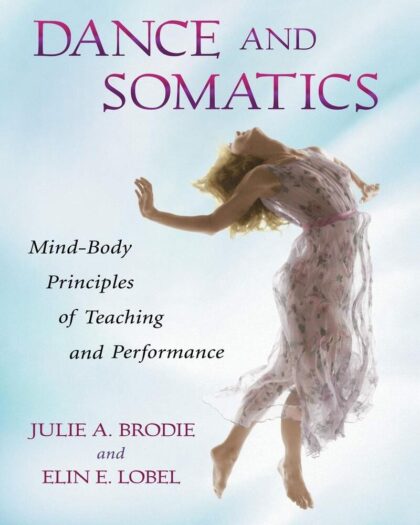
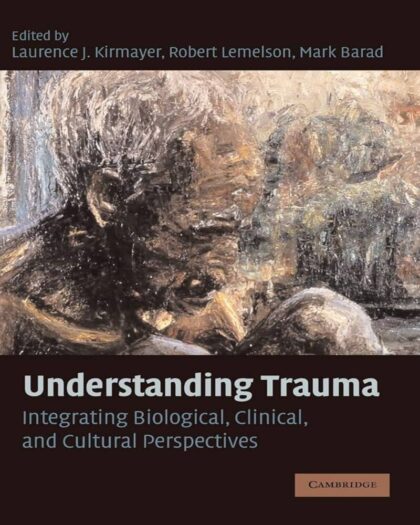
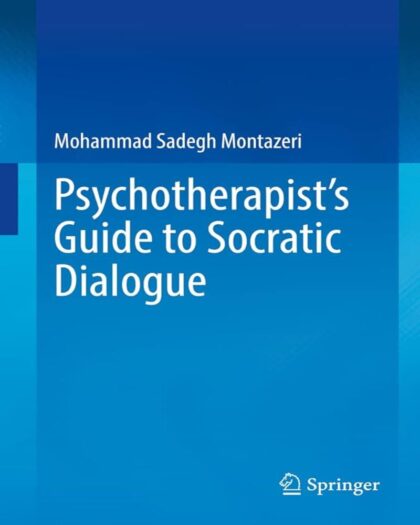
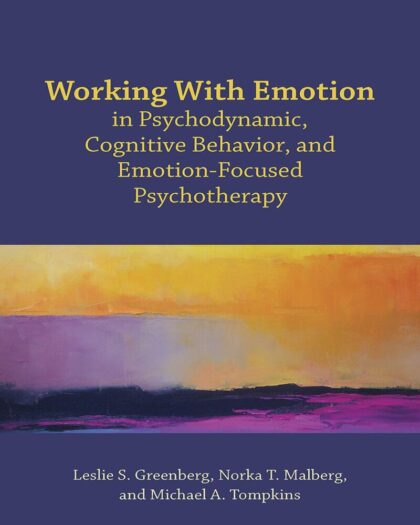


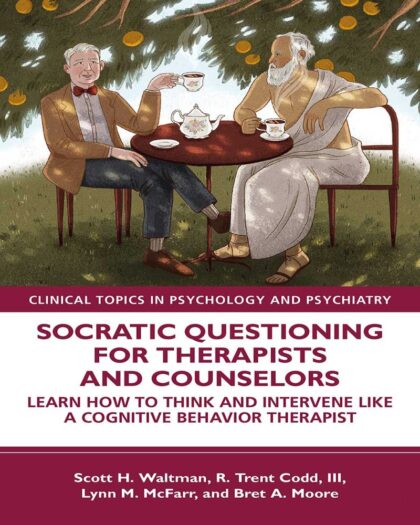
What I love most about the book is its practicality. The authors show how Socratic questioning can be woven into various therapy approaches, always offering clear examples and exercises.
As a CBT therapist, I found it extremely helpful in guiding me on how to use questions effectively to help my clients in session. The authors provide actionable guidance on how to leverage questions to facilitate meaningful progress with clients, and I have no doubt this will help me in achieving better outcomes for clients. I truly cannot recommend this text enough!
Research continues to demonstrate the importance of cognitive change strategies in helping our patients reduce their suffering and live more satisfying lives. At the same time, research also shows that cognitive techniques can be difficult for clinicians to apply effectively. And many therapists have an inaccurate, caricatured idea of Socratic dialogue as peppering our patients with questions until they submit to our view of the world.
What this book effectively shows is that, done right, helping patients identify and change thoughts and beliefs that do not serve them is a profoundly emotional, empathic, and collaborative process. Drawing on their extensive experience as clinicians, researchers and trainers, the four authors, all leading figures in the field, lay out an updated model of how exactly to use Socratic dialogue to help the patient discover for themselves what works and what doesn’t in their thinking and action.
The book is full of great detailed suggestions for how to work through the stages of cognitive change, including questions to guide the therapist’s own thought process and many extensive clinical examples. Chapters on combining Socratic dialogue with other techniques and promoting schema change are very useful. Of particular importance are the chapters on integrating Socratic questioning with Dialectical Behavior Therapy (DBT) and Acceptance and Commitment Therapy (ACT).
This is a book that I will be recommending to all of our clinical trainees and staff.
• The authors clearly put a ton of work into making this book engaging and informative. It’s truly an enjoyable read!
• The organization of the book is excellent: Key concepts are concisely explained, research support is provided, common misconceptions are identified, similar treatment approaches are compared, and potential pitfalls and solutions are offered.
• There are numerous, relatable case examples throughout the book that capture clients’ typical cognitive struggles along with effective strategies for responding to them.
• The rationale for the Socratic method and nuances of the approach are beautifully explained.
• Examines the common problem of trying to convince a client to think differently (“provided” rather than “guided” discovery) and how to move toward a more collaborative style.
• Shifts attention away from “positive” thinking to true and helpful thinking.
• Considers common and specific treatment factors and how to prioritize both in treatment.
• Maps out strategies for collaborative work to help clients evaluate and restructure their thoughts by considering existing evidence or conducting behavioral experiments to collect new data.
• Explores instances (e.g., emotionally dysregulated clients) in which methods other than direct cognitive work might be emphasized.
• Explains how this approach fits with therapies, like DBT and ACT, that differ in their perspectives on the meaning and importance of cognition.
• It’s an excellent resource for working through obstacles and challenges in therapy. You will want to revisit this book often.
• I cannot recommend this book enough.
Note: If you have poor eyesight like me, know that the print version of this book uses smallish font. The Kindle version allows you change the font size.
I have looked for comprehensive resources to cultivate my skill set for years, with several helpful articles at best. Enter: Socratic Questioning for Therapists and Counselors. Having witnessed trainings by Dr. Waltman that were very informative, I was already excited for the potential that this book would teach me new things. The chapters are laid out in a manner that builds upon a foundation, encouraging the reader about why Socratic Questioning is important, even key, in therapy being helpful and effective. I particularly enjoyed Chapter 2, which explores things that interfere with learning and assists in developing a conceptual framework for the functions of beliefs and how they are maintained. While this information was not new per se, I had never synthesized these aspects of psychology in such a clear and easy way. I believe that the form provided will become a must-use for all CBT clinicians (and I want an electronic version!).
I found myself re-reading Chapters 5-8 several times, as they were PACKED with helpful ideas and information (from the Focusing worksheet, to the Strategies for Under- and Over-Emotional Expression, to the specific examples of Questions for Understanding, to the Threads to Validity, to the Commonalities Across Distortions and Irrational Beliefs….), pulled together by the Synthesis section. I was immediately excited to try out these strategies and implement enhanced methodologies with the people that I work with. I am convinced that any CBT clinician who learns and uses these enhanced approaches will be more effective in their work. Perhaps clinicians will even be more encouraged about the therapeutic process as they witness the positive impact of these additional tools and perspectives in their work.
Overall, I want to enthusiastically recommend that any therapist who provides Cognitive Behaviorally-anchored work (including exposure therapy, DBT, CPT, PE…) to get this book. It will change the game when it comes to exploring, learning, and processing. You will thank me (and the authors!) for it.
I found the therapist and client vignettes clear and useful, as well as the graphics and worksheets. The 4-step framework for Socratic Questioning helped me break down the approach and have a realistic place to begin. I also found the chapter on troubleshooting Socratic Strategies particularly helpful, and I’m now on the lookout for the 7 pitfalls if I don’t feel like my cognitive work is as effective with a client.
Again, as a DBT therapist, I especially valued the chapter on Socratic Questioning within a DBT framework. While I know that cognitive modification is one of the DBT change strategies, it is by far the area I have received the least amount of training. I appreciated how Socratic Questioning was weaved into behavioral chain analysis and solution analysis. I also plan to incorporate cognitive chain analysis into my sessions as recommended.
I highly recommend this helpful, streamlined, approachable book as a way to learn a useful and flexible cognitive tool to help clients change!